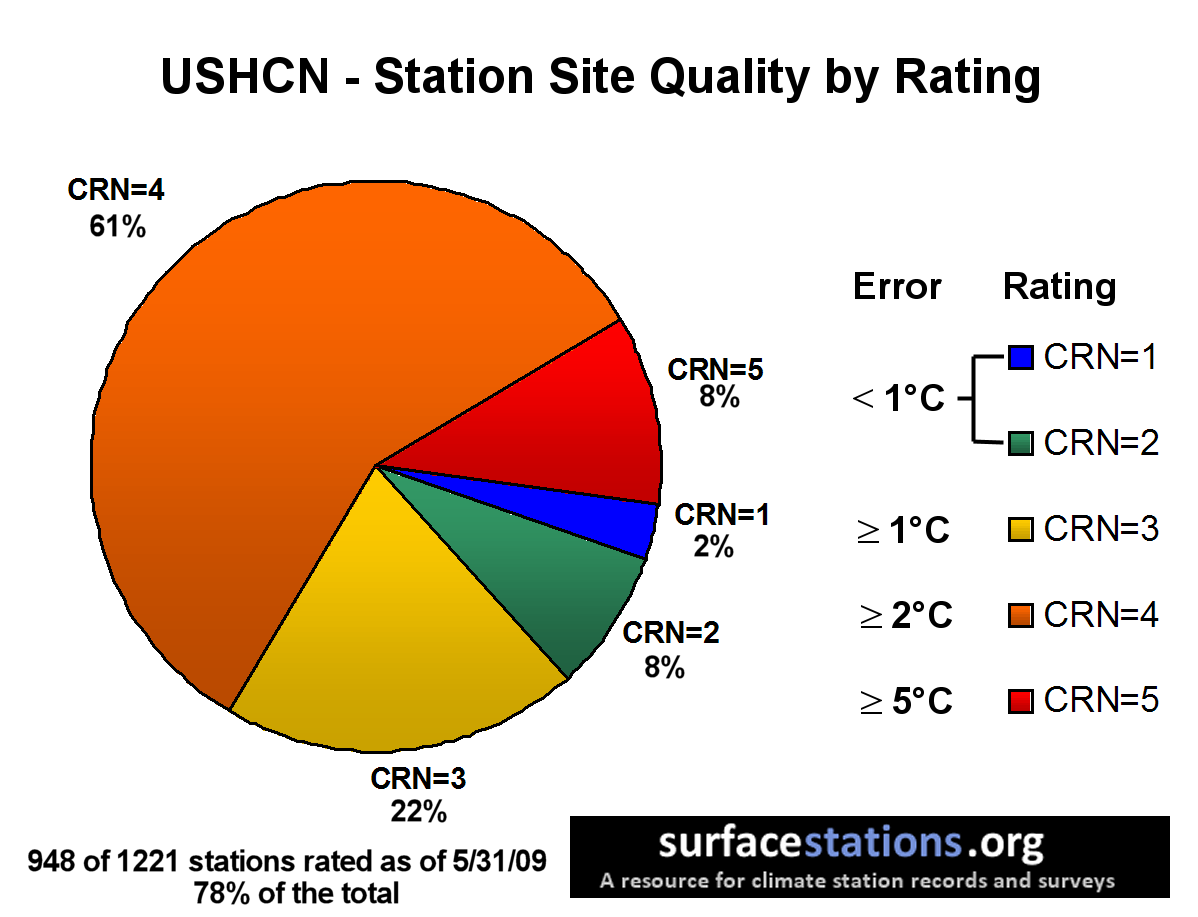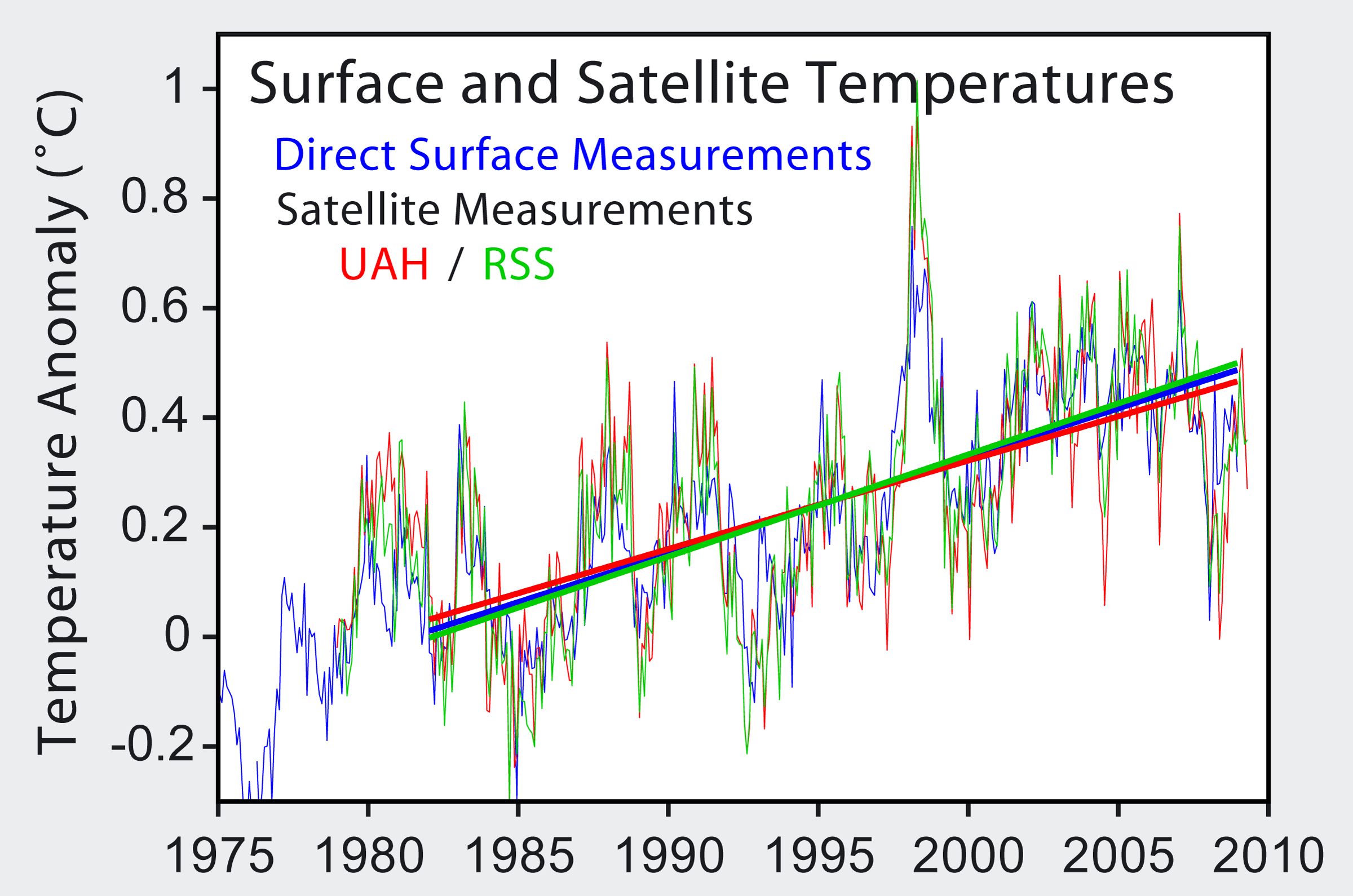Old Rocks
Diamond Member
http://nsidc.org/images/arcticseaicenews/20091005_Figure5.png
The blue stuff is the SECOND YEAR ice. Compare the amount of SECOND YEAR ice in the 2009 images (released in October 2009) to the amount shown even one year prior.
The ice looks like. it. might. just. be. THICKENING.
There was more second year ice, but far less multiyear ice in 2009. The overall volume of the ice was less in 2009 than in 2008 or 2007.
Sea ice age and thickness
The age of the ice is another key descriptor of the state of the sea ice cover, since older ice tends to be thicker and more resilient than younger ice. A simple two-stage approach classifies sea ice into first year and multiyear ice. First-year is ice that has not yet survived a summer melt season, while multi-year ice has survived at least one summer and can be several years old. Satellite derived maps of ice age for March of 2007, 2008, and 2009 are presented in Figure S3.
Arctic Report Card - Sea Ice Cover - Perovich, et al.
Figure S3. Arctic sea ice distribution in March of 2007, 2008, and 2009. Multiyear ice is in white, mixed ice aqua, first-year ice teal, and ice with melting surface red. Dark blue is for open water and brown for land. From a combination of AVHRR and SSM/I satellite observations and results from drifting ice buoys. (courtesy
of Son Nghiem)
In the past decade, the extent of multiyear sea ice rapidly reduced at a rate of 1.5 x 106 km2 per decade, triple the reduction rate during the three previous decades (1970-2000). Springtime multiyear ice extent was the lowest in 2008 in the QuikSCAT data record since 2000. QuikSCAT results in March 2009 showed a multiyear ice extent of 3.0 ± 0.2 million km2. This was 0.3 million km2 larger than the multiyear ice extent on the same date in 2008, even though the total sea ice extent was similar in the spring of 2008 and 2009. While the multiyear ice extent was similar in March 2008 and 2009, its distribution was quite different. More specifically, in 2008 there was a significant amount of multiyear ice the Beaufort Sea and in 2009 there was a large amount of multiyear ice the central Arctic Ocean.
Recent estimates of Arctic Ocean sea ice thickness from satellite altimetry show a remarkable overall thinning of ~0.6 m in ice thickness between 2004 and 2008 (Figure. S4a). In contrast, the average thickness of the thinner first-year ice in mid-winter (~2 m), did not exhibit a downward trend. Seasonal ice is an important component covered more than two-thirds of the Arctic Ocean in 2008. The total multiyear ice volume in the winter experienced a net loss of more than 40% in the four years since 2005 while the first year ice cover gained volume due to increased overall coverage of the Arctic Ocean. The declines in total volume and average thickness (black line in Figure S4a) are explained almost entirely by thinning and loss of multiyear sea ice due to melting and ice export. These changes have resulted in seasonal ice becoming the dominant Arctic sea ice type, both in terms of area coverage and of volume.
Right now the artic ice is tracking the lowest year on record for area.
Arctic Sea Ice News & Analysis








